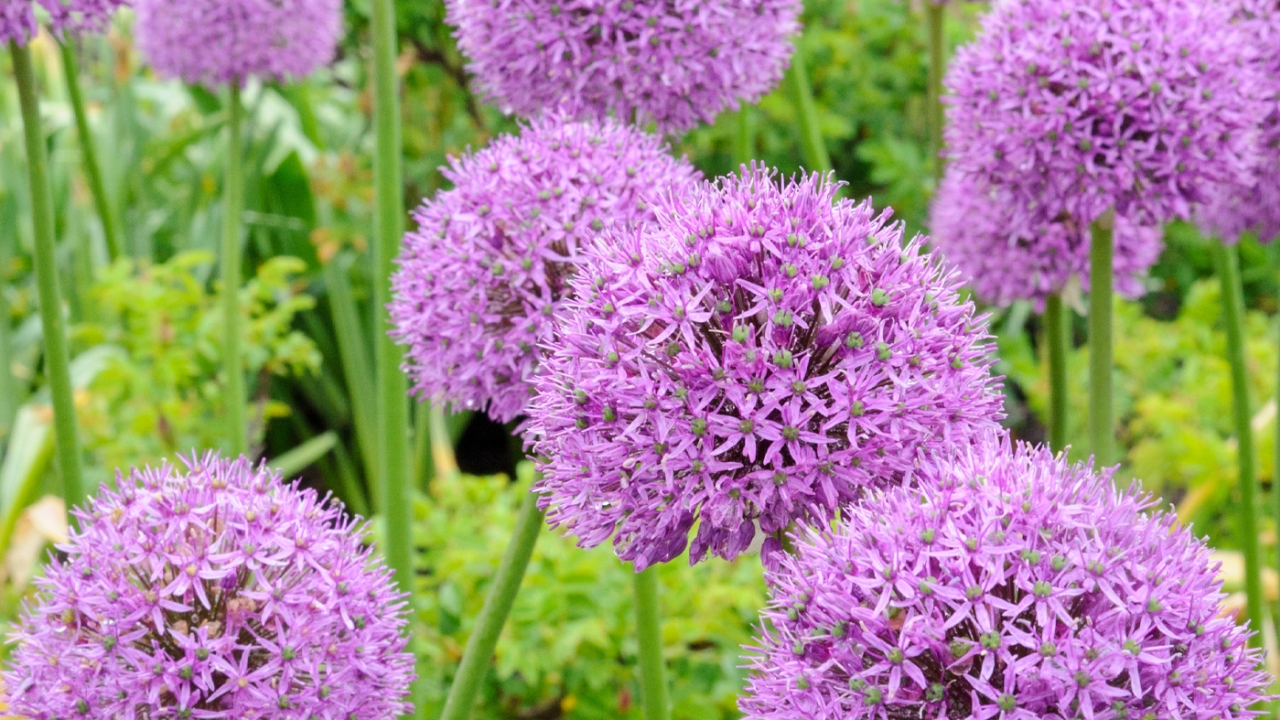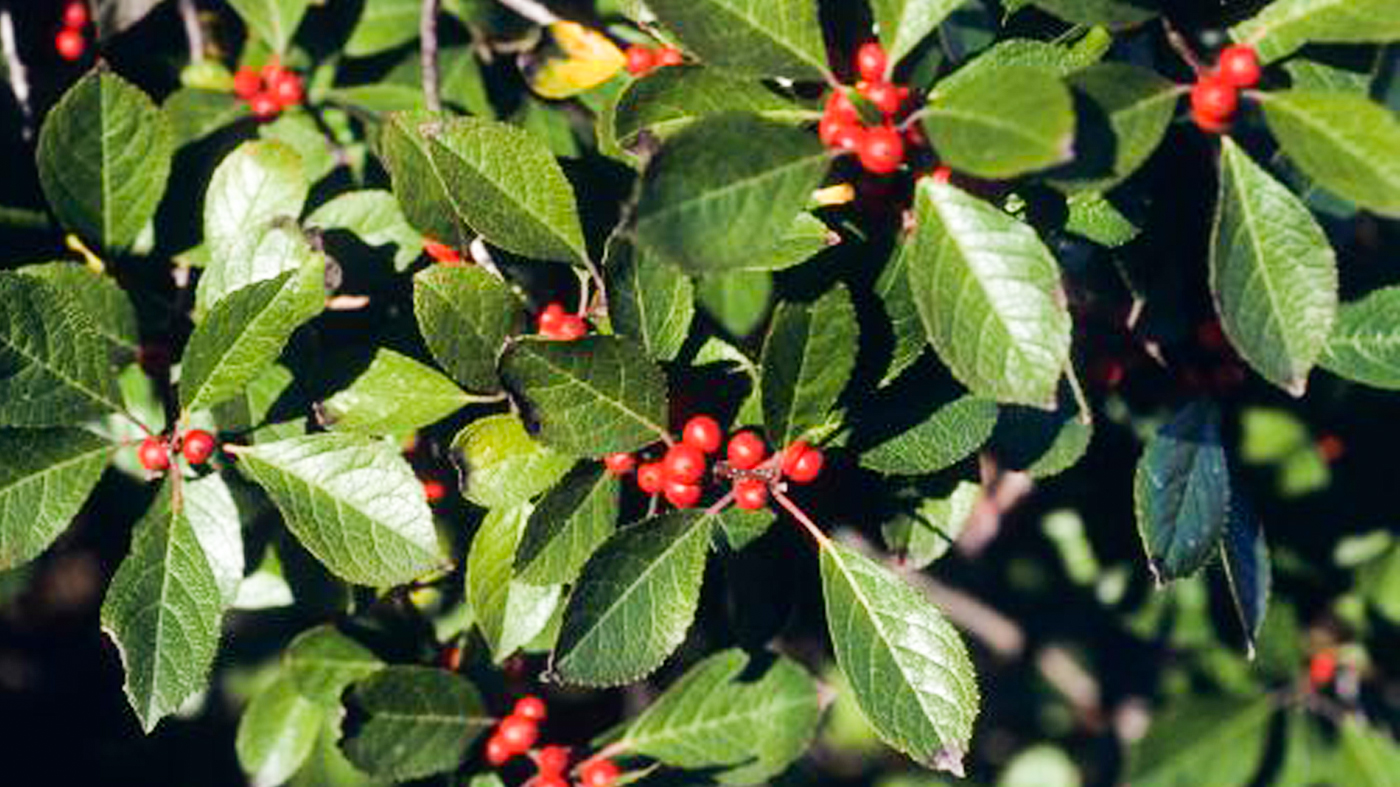

Holly, Deciduous
Ilex verticillata

When gardening in the Midwest, it is truly a delight to discover plants that have saved their showier sides for the last months of the year. At this time especially, we welcome the graceful conifers, the rustling ornamental grasses, the broad-leaved evergreens, and all those other plants with interesting seed heads, seedpods, cones, and berries that contribute to the more subtle beauty of the winter landscape. One plant whose shiny red berries sparkle in the snow is a deciduous holly, Ilex verticillata.
Often called winterberry or coralberry, Ilex verticillata is the finest among the deciduous hollies for winter hardiness, berry display, and pest and disease resistance. Winterberries are at home in moist sites, with some even tolerating wetter conditions. Full sun to part shade is best, with a soil pH on the acid side. Chicago gardeners can amend their alkaline soil with equal parts compost and pine bark to encourage better growth. Since the most ornamental feature of these plants is their berry display, try planting them in masses against an evergreen backdrop. For every 10 to 20 female plants, remember to plant one male plant to pollinate the female flowers for the best berry display.
Suitable for a variety of landscaping styles, winterberry can grow between 6 to 10 feet, although the more compact cultivars generally remain under 5 feet, in height as well as width. Plants can vary from attractive mounding forms to more upright shapes. Leaves are small, leathery, and dark green, with some cultivars exhibiting a short display of yellow orange fall color. A full display of red berries can come as early as September, with some varieties holding onto them for several months. Birds and other creatures are very fond of these red fruits, and gardeners might notice that berries below the snow line actually persist into early spring, while those above the snow line are are seized earlier by hungry robins or cedar waxwings.
At the Chicago Botanic Garden, winterberries are found massed throughout most major garden areas, from the Native Plant Garden to the Japanese Garden. The west courtyard of the Horticulture Building features an extremely attractive planting of 'Shaver', a compact winterberry with large, dark red fruit that lasts into early winter. Two plants that have shown outstanding berry display are 'Maryland Beauty' and 'Afterglow'.
While other hollies grown in the United States are evergreen and exhibit the classic spiny, leathery foliage plus large red berries, they are not reliably hardy in the Chicago area. To see some bright lights on our own winter landscape, stroll through the gardens and look for the holiday sparkle of Chicago's holly.

